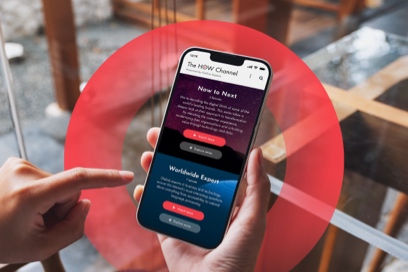Executive Summary
The report surveys 100 leaders from positions at director level and above on how they’re using Customer Data Platforms (CDPs) to better understand their customers. Respondents are from business to consumer (B2C) companies in the United States and Canada from nine industries including financial services, retail and travel and hospitality. Research also focused on how companies are using CDPs for long-term strategies and what areas of their platforms they’re working to improve.
Some 64 percent of respondents said their company has some form of a CDP, which draws consumer insights from multiple data sources, and 56 percent of respondents who have a CDP said they consider their platform a success. When asked why they are considering adopting a CDP, “optimizing data privacy and compliance” was the most common choice, followed by “improving the customer experience including loyalty and personalization.”
“Companies are becoming more mindful of how customers perceive how they use their data, in addition to making sure they're staying compliant and using a CDP to do so,” said Chris Rand, digital content and research manager at WBR Insights. “Traditionally, companies will use data for things like email marketing campaigns, but many companies are looking for more opportunities to power the customer’s entire experience. They use data to do this and thereby understand their lifetime value to the business.”










